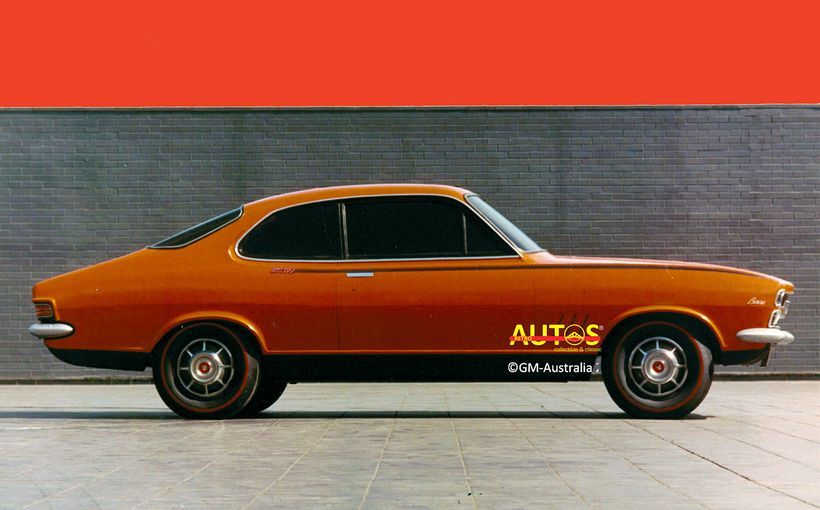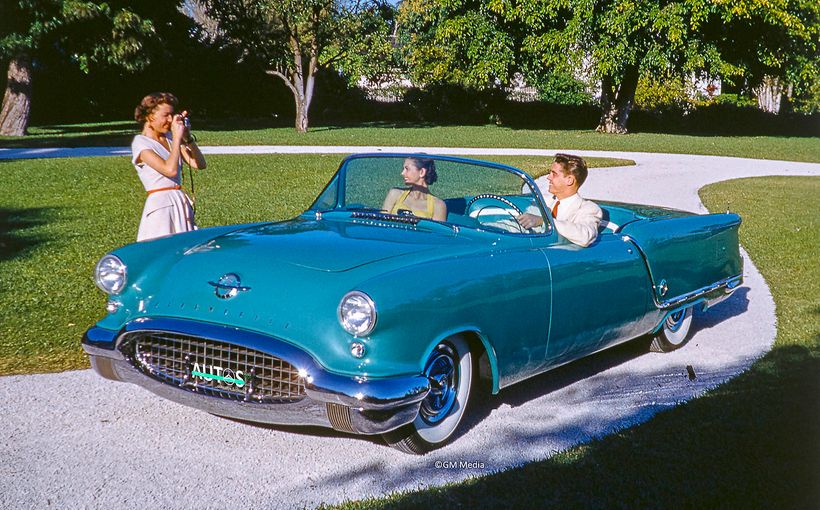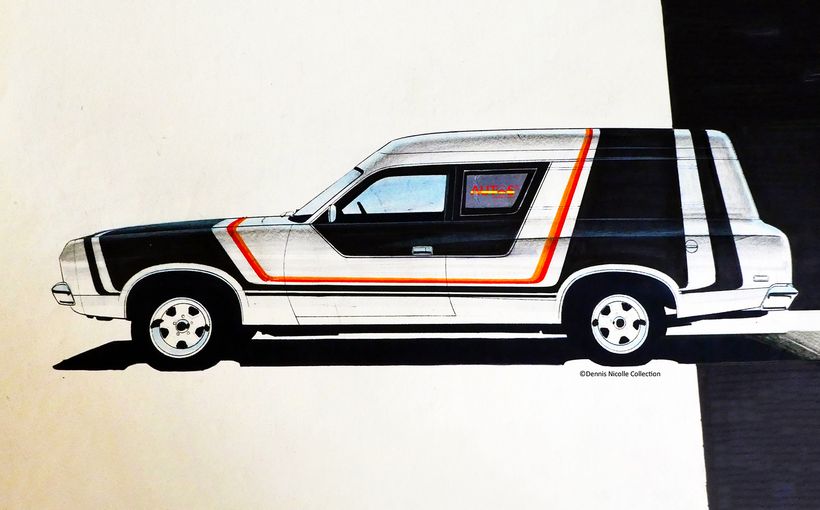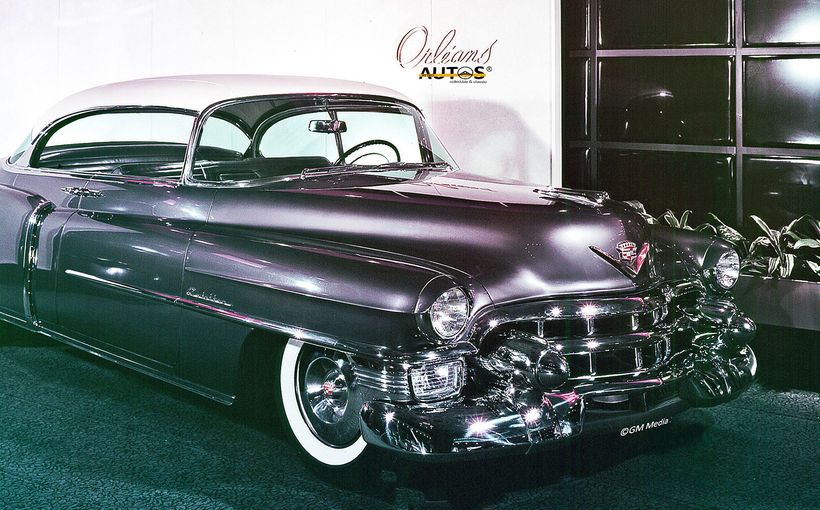
Convertibles: What car could be more impracticable in these days of air-conditioned automobiles, allowing you to go about your business, isolated and insulated from the outside environment? And what car could be more irrational? You pay more for not having a fixed roof and exposure to all those exhaust fumes.
Talk to any convertible owner, however, and they will acclaim the exhilaration of driving unencumbered by a roof, the wind in the hair and the sun on the face. The all too obvious downsides are dismissed as trivial. “Just drive one to find out how wonderful they are”, is the usual refrain.

I must confess that I’m part of the convertible tribe. I think convertibles turn mundane journeys into an adventure. Taking the long way home becomes a pleasure. Once driven, the allure endures. They are not “just a car”. They are a lifestyle.
Let’s not forget the styling. Convertible aficionados will tell you that cars without a roof are slinkier and more exotic, no matter what the original shape. I agree.
I’ve only ever rented convertibles, all in the USA. The first one was a red 1988 Chrysler Le Baron. Since then, it has been either a Ford Mustang or Chrysler Sebring.


The Mustangs handled the open road with relative adroitness. The Sebrings were luxo-barges of the highest order. Was there rocker panel and firewall shake? Of course! Could they negotiate freeway on and off ramps without serious understeer. No! But who cared? Convertibles are not the cars in which you test the limits of adhesion.


The convertibles were not always the expensive top of the range models that they are today. For the first 20 years of the 20th century, almost every car was a convertible, or “tourer”. In 1916, according to authors Michael Lamm and David Holls in their book A Century of Automotive Style, tourers comprised 99% of US car sales. They were much cheaper to build than a closed sedan/coupe. A solid roof and two doors on Ford’s Model T added almost 50% to the price. First time car buyers were willing to tolerate the extremes of the weather as the trade-off for affordable personal mobility.


During the 1920s buyer expectations changed as many traded-in their old tourer and demanded something more comfortable, yet still reasonably priced. Responding to this demand, the car companies found ways to reduce costs and added something called “styling”. In a 1927 advertisement, Chevrolet boasted they’d reduced the price of one closed model close to that of a Tourer. By 1930, 90% of US sales were closed sedans/coupes, a trend followed around the world.

But, as the popularity of closed cars increased, a strange thing happened. The perception of convertibles started to change. During the 1930s and 1940s car makers actively re-positioned them as a sports/luxury car with an up-market price.
I think it is significant that GM’s first concept car, the 1939 Buick Y Job, was a convertible. Styling boss, Harley Earl, could have chosen any automotive body shape to showcase GM’s technical and styling prowess. But he chose a convertible. The long low car was packed with futuristic technical innovations and its styling predicted a decade of GM shapes.

The transition from cheap transport to a lifestyle statement was also helped by publicity photos of the famous and rich—especially radio, film, music and sports stars—enjoying the good life in their top-down status symbols. Nash openly advertised it had a product placement deal with Universal Studios to glamourise its convertibles in films. Life was so much better in a convertible.

Continued innovation also assisted the transition. In 1932 Georges Paulin was awarded a patent for a steel folding roof. This wonderous mechanism was applied to Peugeots until World War II broke out. It led to Ford’s late fifties Skyliner and the folding metal tops we see today.


In 1939, Chrysler set a high bar when it introduced a power soft top as standard equipment on its budget priced Plymouth. Buyers still paid a 35% premium over Plymouth’s cheapest car.


The association of glamour and lifestyle persisted until the 1970s when it ran into a government roadblock. Planned American roll-over safety regulations caused US car makers and importers to abandon convertibles. When the laws never eventuated, Chrysler’s Lee Iacocca saw an opportunity. He appeared in TV commercials to announce the 1982 Le Baron, based on the K-car coupe. And everyone once again joined the bandwagon.

I have ten favourite convertibles I’d like to drive in the next couple of years if I get the opportunity. Here they are, in no order of priority.
Fiat 1100TV Transformabile/1200 Spider
Small and perfectly formed is Fiat’s Transformable/Spider. Released in 1955 it is powered by a 1.1 litre four-cylinder motor. “TV” means Turismo Veloce, which translates into "Fast Touring".

The car was upgraded with a 1.2 litre in 1957, renamed Spider and given swivelling seats. There is a definite 1953 Cadillac Eldorado appearance to Transformabile/Spider. Fiat even mimicked the Eldorado’s vertical chrome “waist band”.


Renault Floride
I’ll let two of Renault’s print advertisements sum up the Floride.
“Hair flowing in the wind, tanned faces, happy smiles all round. People heading for the sun in Floride. Getting away from it all, at the wheel of a car so brilliant, so young, so refined”.


"The wind in your hair, the sun on your face and a bright smile when you head for the sunshine and open air... Get away from it all with a young, sparkling, sophisticated car."
The rear engined Floride debuted in October 1958. The styling was by Pietro Frua at Ghia. Its sheet metal was formed over a lengthened Dauphine sedan frame. The convertible could be had with a soft top and removable hardtop.


Monaro
Here’s a car I’d like to have in my garage. “Marilyn”, as it was called, was a concept car built to test the demand for a convertible Monaro here and overseas. Holden had played around with convertibles for years, but only as drawings and the occasional conversion. The business cases could never achieve breakeven point just based on our small market, and exports were always problematic. The numbers did not favour Marilyn either.


Singer Gazelle
The Gazelle was part of the wider Rootes “Audax” range, progressively released from 1955. Designed by Holden “Bob” Koto of the Raymond Lowey studios, they resemble smaller scale mid-50s Studebakers, which Koto also helped shape.
The Singer convertible shares its body with the Hillman Minx, but has different front and rear end styling. The Singer’s 1.5 litre overhead cam four is a prize from Rootes’ takeover of Singer in 1955.
The interesting feature of the Rootes convertibles is the two-position folding top, similar to the one used on Ford’s Consul/Zephyr/Zodiac. The first fold back position is behind the front seats, giving the appearance of a cabriolet. The second is fully folded and stored behind the rear seat.

1965 Ford Thunderbird
Put the top down and let the 390 cubic inch/6.4 litre V8, automatic transmission and standard front disc brakes take the stress out of driving.
Reach for the aircraft styled controls that hang down from the top of the dashboard and others that are embedded in the wrap around centre console. It has all been created by Bill Boyer, the T-Bird’s design chief since the 1956, for your comfort and delight.




And what about the fabulous sequential turn indicators at the rear. How cool are they! You’ll want to do turn after turn just to impress everyone on the road. Go on, be a show-off! It’s a Thunderbird!

1967 Pontiac Firebird
The 1967 is my all-time favourite Pontiac convertible. When Pontiac’s boss, John De Lorean, wanted to build a two-seater sports car, he was told he could have Chevrolet’s new Camaro instead. Pontiac’s design chief, Jack Humbert, was given the task of creating something memorable.

The budget was small and the time short. Humbert changed the bonnet, added dual headlights, incorporated the grille into a wraparound bumper bar, enlarged the rear bumper and created a new tail panel and taillights. He also had six hash marks stamped into the metal behind the doors. The result was a better looking, more aggressive design that endures to this day.

1963 Ford Falcon Futura
Ford had been planning a Falcon convertible since 1960. They even mocked up a four-door soft top. No kidding. Well, if Lincoln can have one, why not a Falcon?
The Falcon convertible was part of the plan Lee Iacocca, Ford’s boss at the time, had devised to market cheap sporty cars to the growing number of teenagers now obtaining their drivers licences.

Ok, yes, I know that when I drive it, the acceleration from the 170.0 cu in/2.8 litre six-cylinder with the two speed Ford-O-Matic transmission will be leisurely. But, for just one year, before the Mustang appeared and took all its limelight, the Futura was Ford’s cheapest and best-looking drop top.

Holden Cascada
Holden were late to the Cascada party, waiting until 2015 to sell it here. It had been parading as an Opel, Buick and Vauxhall since 2013. For me, the svelte styling recalls the ’67 Firebird. It is one of GM’s finest designs of the mid-2010s and is a future collectible.


1967-68 Rambler Rebel SST
With styling by Dick Teague, the Rebel is one of best-looking US cars of the late sixties with its crisp lines and smooth flanks. Check out the imitation exhaust pipe exit ahead of the rear wheel.
Rebel convertibles are rare cars. Few were bought and AMC dropped the drop tops at the end of 1968 to allow the financially challenged company to devote scarce resources to the development of the 1970 Hornet and Gremlin.


1971-73 Mustang
The ’71-73 Mustang is not everyone’s favourite Mustang, but it is mine. Criticised for being too big, I think it is just the right size. The shape is totally aggressive. No one would mistake it for anything other than a Mustang.
The president of Ford, Semon “Bunkie” Knudsen, an ex-GM senior executive, usually gets the blame for up sizing the car. Henry Ford II fired Bunkie in late 1969 after less than 18 months in the job. But as far as I’m concerned Bunkie did good. Ford did not build another Mustang convertible until 1993.

My favourite
Do I have a favourite from these ten? Of course. It’s the Firebird. This is one of the cars that epitomises Pontiac at its performance image peak and showcases Jack Humbert’s styling expertise.
Do you have any favourite convertibles you’d like to drive?
Retroautos is written and published with passion and with pride by David Burrell. Retroautos stories and images are copyrighted. Reproducing them in any format is prohibited. Retroautos is a registered trademark.









